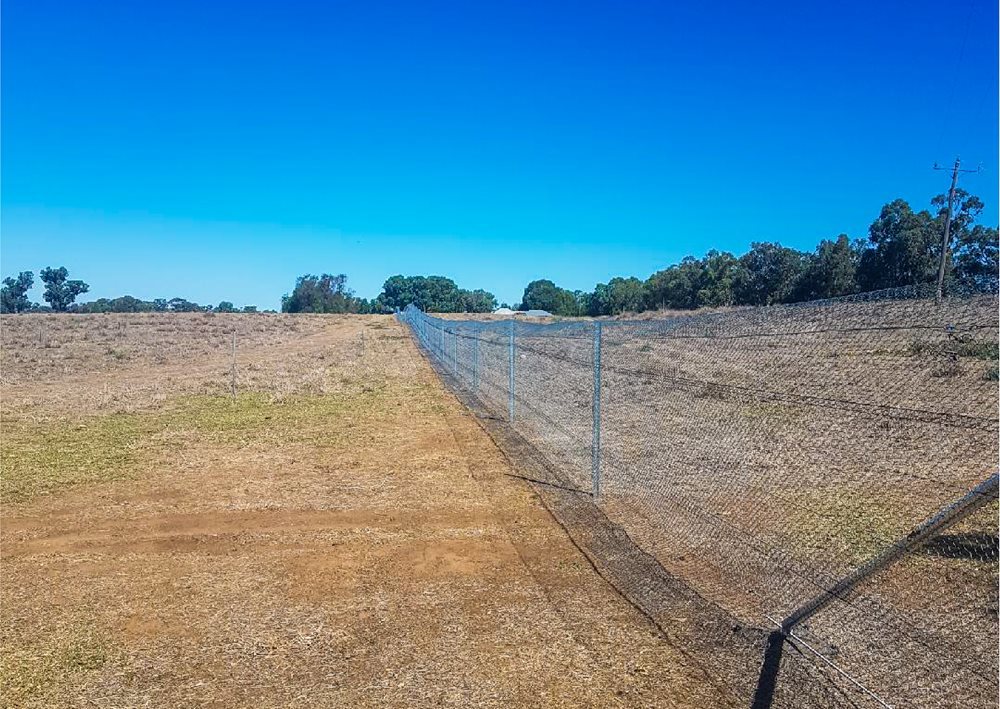Turtle power - fencing out ferals
Fencing out feral animals has lead to a resurgence in turtle numbers at a sanctuary near Longmores Lagoon in Gunbower VIC.
The Problem
The broad-shelled river turtle is one of the oldest maturing and longest living species of freshwater turtles in existence.The largest of the long-necked turtles, the combined shell and extended neck lengths can exceed 80cm, which makes them vulnerable to predators like foxes.
Predation of nests by feral foxes along the Murray River is in excess of 93% which means there is little recruitment of young turtles into an ageing population. Other nest predators include monitor lizards, ibis and feral pigs.
The female broad-shelled turtle usually lays her eggs in autumn, in a riverbank nest and leaves them to incubate through winter, hatching many months later in spring.
The turtles & their nests were easy targets for feral animals.
The Solution
The North Central Catchment Management Authority (CMA) & Turtles Australia erected a 400m long Waratah fence.
Consisting of Longlife Blue netting with an apron on the bottom, a floppy top & Jio MaxY steel posts for strength, the fence keeps foxes away from the river bank on one side, but let's the turtles into the lagoon on the open side. Predators can't dig under & can't jump or climb over the fence.
In the most recent nesting season, the CMA have found the fence to be providing the turtles with better chances of survival in the area.









